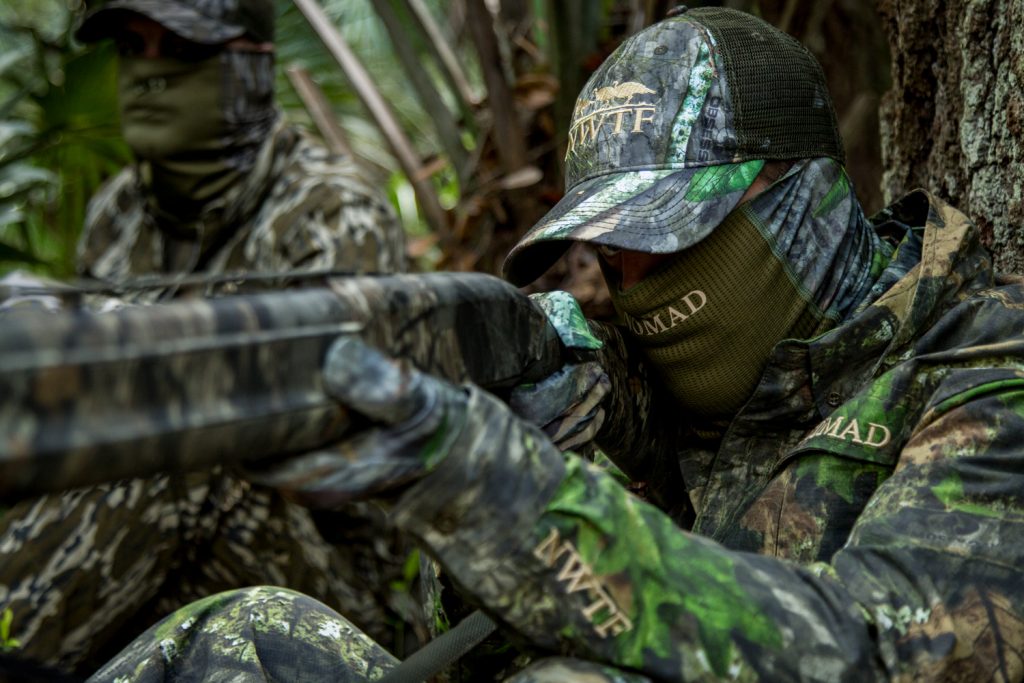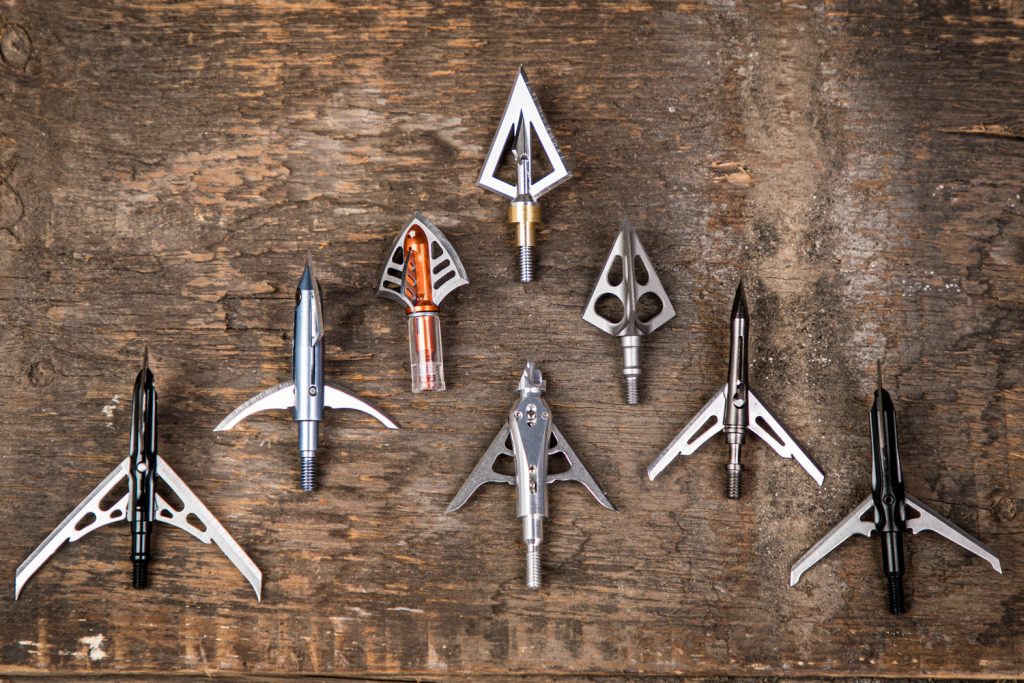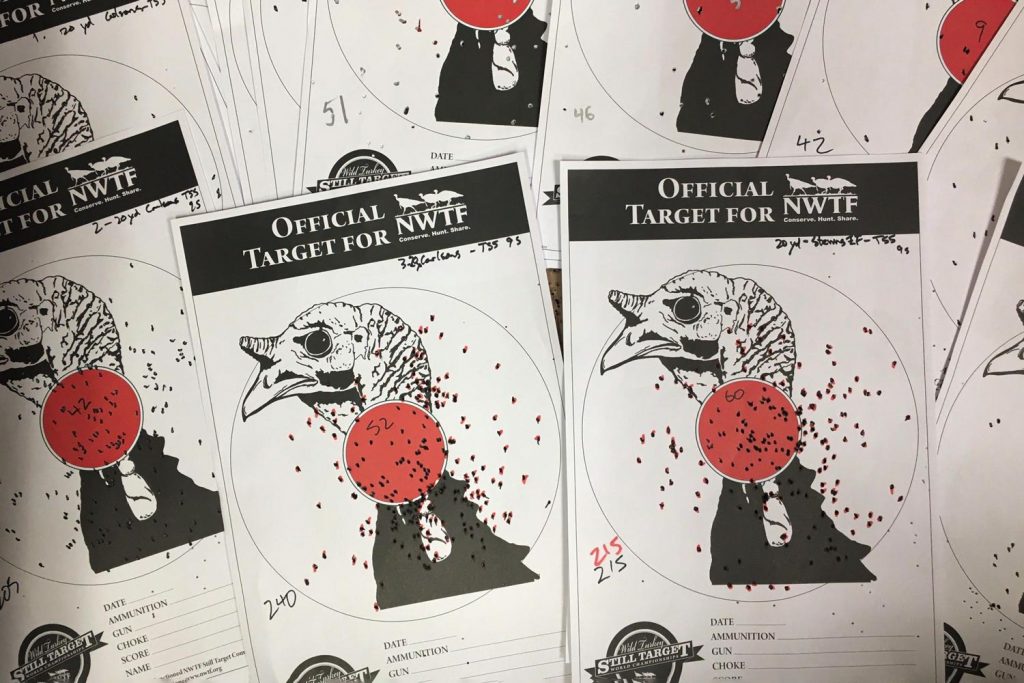Hey there fellow hunters! If you’re itching to try your hand at turkey hunting but don’t know where to start then you’ve landed in the right spot. This guide is your one-stop shop for all things turkey hunting, from gear to tactics to tips and tricks. So, grab a seat, pour yourself a cup of joe, and let’s dive into the exciting world of turkey hunting!
Gearing Up for the Turkey Hunt
Before you head out to the field, you’ll need to assemble your turkey hunting arsenal. Don’t worry you don’t need a truckload of equipment to get started. Here are the essentials:
1. Shotgun: While rifles are legal in some states, shotguns are the preferred weapon for turkey hunting. They offer a wider shot pattern, which is crucial for hitting a relatively small target like a turkey’s head and neck.
2. Choke: A “Full” or “tighter” choke is recommended for turkey hunting. This ensures that the maximum number of pellets are delivered to the target, increasing your chances of a clean kill.
3 Ammunition: Choose lead-free options like TSS, Hevi-Shot, or bismuth. These offer superior penetration and tight patterns at longer ranges If lead shot is legal, No. 4, 5, and 6 are popular choices.
4. Calls: Turkey calls are essential for attracting gobblers. Box calls are louder and simpler to use, but mouth calls are more versatile but require more practice to become proficient in. Consider carrying both types.
5. Decoys: While not essential, decoys can be helpful in pulling in wary gobblers and distracting them while you set up your shot. A realistic hen decoy is a good starting point.
6. Camouflage: Choose a camouflage pattern that blends well with the environment you’ll be hunting in. Don’t get caught up in the hype; remaining motionless and concealed is more important than expensive gear.
7. Other Gear: Don’t forget essentials like shooting sticks, pruners, extra shells, a rangefinder, binoculars, gloves, face mask, snake-proof boots, and a turkey vest.
Understanding Turkey Habits and Habitat
Knowing your quarry’s habits and habitat is crucial for success. Observe their roosting and feeding locations, preferred strut zones, and movement patterns. This will help you predict their behavior and set up your hunt strategically.
Tip: Trail cameras can be invaluable tools for monitoring turkey activity without disturbing them.
Game On: Putting Your Skills to the Test
The exciting part is about to begin: applying your knowledge and abilities to the test. Here’s a basic overview of the hunting process:
1. Set Up: Position yourself between the gobbler and its destination, or at its objective. Choose a spot with good visibility and a clear shot.
2. Calling: Use your calls to attract the gobbler. Start with subtle yelps and gradually increase the volume as the bird gets closer. Be patient and wait for the gobbler to approach.
3. Decoy: If you’re going to use a decoy, place it about 20 to 25 yards away. As you set up for the shot, this will serve as a visual attractant and divert the gobbler.
4. Patience: Remember, patience is key. If the gobbler doesn’t show up right away, don’t give up. He will likely return, especially if he has responded to your calls.
5. Ethical Hunting: Always prioritize ethical hunting practices. Ensure a clean kill by aiming for the head and neck, and respect the animal and its habitat.
Additional Tips and Tricks for Beginners
Here are some bonus tips to help you on your turkey hunting journey:
- Scouting is crucial: Spend time observing turkeys and learning their habits before the season starts.
- Practice your calling: Mastering your calls will increase your chances of attracting gobblers.
- Be prepared for all weather conditions: Dress in layers and bring rain gear if necessary.
- Stay safe: Always follow safety guidelines and wear blaze orange during hunting season.
- Respect the land: Leave no trace and avoid disturbing the environment.
Hunting for turkeys is a demanding but rewarding activity that calls for perseverance, expertise, and understanding. You’ll be well on your way to bagging your first gobbler and experiencing the excitement of this special hunting tradition if you heed the advice and details in this guide. Recall that the process and the learning experience are both equally significant, so relish the trip as much as the destination.
Happy hunting!
Hunting Seasons (and other regulations)
By doing some research on the website of your state’s department of natural resources, you can practically take control of the law. Knowing the laws concerning the species you will be hunting is extremely important. Uncle Bob did not make shooting up to an hour after sunset illegal just because he said so. The best answers to these questions come straight from the source: can you shoot before sunrise? can you shoot after sunset? how long after sunset can you shoot? Know the laws before you hit the woods.
Each state declares its own seasons and bag limits for each game species. The state agency bases those decisions on science, harvest totals and much more. Whether small game or wild turkeys, be sure to know the season dates and bag limits.
Before their population declined, wild turkeys were typically hunted only in the fall. When the spring seasons were introduced, fall turkey hunting became less pursued. In recent years, as populations have climbed and then stabilized, many states reintroduced fall turkey seasons. Currently, more than 40 states have a fall season. To get started, refer to our Spring and Fall Hunt Guides or consult your local regulations for details on the seasons.
Depending a hunters age, hunter safety education may be required to buy hunting licenses. Instead of receiving hunter safety training, first-time hunters may be given apprentice licenses; however, the new hunter must be accompanied by a licensed hunter before entering the woods.
Find out what education you may need before you buy your license and go afield by visiting the International Hunter Education Association.
When hunting, you should make every effort to blend in with your surroundings because wild turkeys have extraordinary vision. A good camo pattern for the terrain you are hunting is essential.

The mossy oak pattern is the official camo of the NWTF, and we always aim for it in the spring. It’s a fantastic camo with the NWTF logo embedded that complements the yearly green up. Furthermore, you can be certain that a portion of your purchase will go toward supporting the NWTF’s conservation efforts.
Be sure to keep your hands covered, as well as your neck and face. Turkeys can spot the slightest movements and you don’t want that to be the reason for spooking a big tom. NWTF partner, NOMAD Outdoor, offers gloves and gaiters to keep you in stealth mode while waiting out those toms.
To hunt wild turkeys in most terrains, you will need basic gear. In most states, choices for method of take for turkeys are shotgun, muzzleloader or bow. Because of the improvements in turkey loads and turkey chokes, both the 12 and 20 gauges are effective for taking down a turkey. With Federal Premium Ammunitions TSS turkey loads, even . 410 shotguns are viable turkey guns.

To maintain a tight shot pattern, many hunters opt to use a choke on their turkey guns. Most choke tube companies have “turkey” choke tubes are designed for turkey hunting. Learn more about finding the right choke for your gun.
Because most turkey hunts are done from a seated position, be sure that the traditional, compound, or cross bow you choose is one that you are at ease shooting from the ground.
Also to consider, hunting with a bow does present some logistical issues when hunting from a ground blind. Room is at a premium for drawing back your bow. Be sure to sit in the blind and practice drawing back your bow prior to your hunt. This will ensure you are not trying to draw too much weight on your bow as well. If you cannot comfortably sit and draw back your bow, you need to reduce your draw weight. Drawing too much weight can be risky, injure someone, and ruin a hunt in addition to being ungainly. Learn other beginner tips for bowhunting turkeys.

If you are bowhunting, broadheads are one of the things you’re going to want to research. We’ve put some to the test and found our favorites.
Many hunters depend on calls to help bring the birds within shot range in order to be successful. Beginners usually find a box call the easiest to get a consistent sound. Among them are mouth or diaphragm calls, glass or slate pot and striker calls, box calls, wingbone calls, and a plethora of other call types. Some take more practice than others. Start with one call. It only needs to be a high-quality call; an expensive box or pot call won’t cut it. Learn the basic sounds like cluck, purr, putt and yelp, to start. As you get more proficient, you can add more intricate noises and learn how to give them movement to keep the birds engaged.
After learning more about the principles of wild turkey hunting, you may wish to make an investment in some extra gear. From high-end binoculars to mapping apps, the array of gear available is endless. One item that is common for hunters to pack is a first aid kit. Hopefully the need for one never arises, but it doesn’t hurt to be prepared.
There are also what some hunters consider “necessities. A good knife and a Thermacell are essentials, especially in the South where mosquitoes are a persistent annoyance. Waiting for those gobblers won’t be any easier if you’re fighting off mosquitoes or other biting insects. While there are many uses for a knife in the woods, notching turkey tags is one use that benefits greatly from having one nearby.
If you find you are lugging a bunch of gear to the woods, you may be ready for a turkey vest or backpack. Each comes with a unique set of pockets and compartments and some can be lifesavers while out on the hunt as they incorporate cushioned seats into their designs. There are many vests designed for turkey hunters including the ones our partner NOMAD Outdoors has designed.
Whatever equipment you choose, it will require maintenance to remain in optimal operating condition throughout the season. After the season is done, your gear can use a little clean-up before being packed away. Read part 1 and part 2 of our guide to “After Season Gear Care. “.
Prepare for the Hunt
When embarking on any new endeavor, one of the best ways to learn is to find a mentor or someone more experienced than you. Many state wildlife agencies have programs for new hunters. You might be able to find someone who is willing to mentor you and teach you the ins and outs of wild turkey hunting if your community is fortunate enough to have an NWTF chapter. There are plenty of social media groups for outdoor enthusiasts and wild turkey hunters if that’s how you feel more comfortable asking for advice. Whichever route you decide on, make sure your mentor is someone with safe firearm handling experience and with whom you, as the student, feel most comfortable in the woods.
Patterning your shotgun is one of the most important things you can do to help yourself learn to hunt, whether you’re learning with or without a mentor. This will ensure you are ready when a gobbling tom walks your way. Spending time at the range will help you become more comfortable with the way your gun works and will give you more confidence when handling it on a hunt.

To pattern a turkey load, you’ll need your gun, a box of shells, and a few targets. Every gun-and-shell combination works differently, and often only small differences are noticed. But, make sure you choose ammunition that matched the gauge or caliber of your shotgun. If you choose to outfit your shotgun with optics, here are some tips to keep in mind.
If you plan to hunt with a bow, spend some time perfecting your gear at the archery range. Practice from different yardages and from different vantage points. You may find it necessary to take a shot without standing or from a stalk. If you are new to bow hunting, here are some things to consider.
How To HUNT TURKEYS: Basics With Jay Maxwell
FAQ
What time should I start turkey hunting?
What not to do while turkey hunting?
What is the best way to hunt turkey?
How do I learn to hunt a Turkey?
Turkey Hunting Gear: Understand the appropriate gear for turkey hunting, including clothing, weapons, and calls. Turkey Hunting Tactics: Study various hunting strategies like setting up blinds and decoys, and calling techniques. Tracking and Scouting: Learn to interpret signs of turkey activity like tracks, droppings, and roosting sites.
What should I know about turkey hunting?
Turkey Habitat: Learn about the preferred habitats of turkeys in your hunting area. Turkey Hunting Gear: Understand the appropriate gear for turkey hunting, including clothing, weapons, and calls. Turkey Hunting Tactics: Study various hunting strategies like setting up blinds and decoys, and calling techniques.
How do you hunt a Turkey in spring?
Because spring turkey hunting seasons coincide with turkey breeding season, hunting tactics revolve around calling in male turkeys (toms) with female turkey (hens) noises. Toms gobble and strut to entice receptive hens. This dance drives the main activity in spring turkey hunting.
How do you hunt a turkey if you have a shotgun?
Tip 1. Gear Up – Turkey Hunting Gear for Beginners Tip 2. Pattern Your Shotgun Tip 3. Let Them Get Closer Than You’d Think Tip 4. Scouting for Turkeys Tip 5. Hunt Multiple Spots for Turkeys Tip 6. Hunt Turkeys Close To The Roost – But Not Too Close Tip 7. Hunt All Day Tip 8. Don’t Lose Hope If They’re Not Gobbling Tip 9. Be Patient Tip 10.
